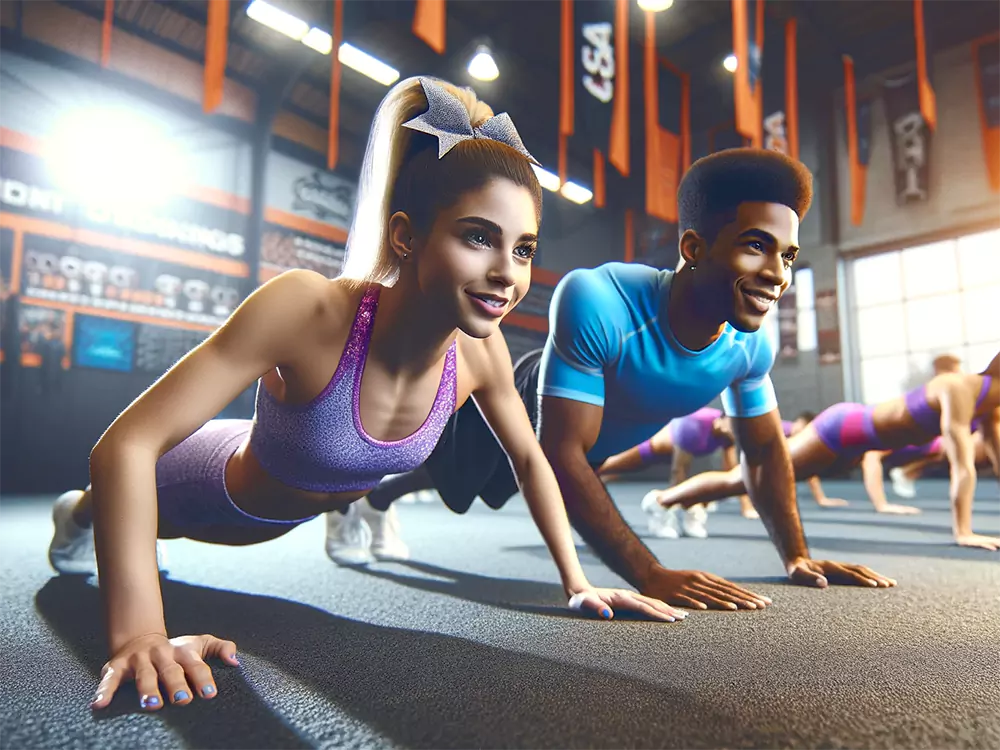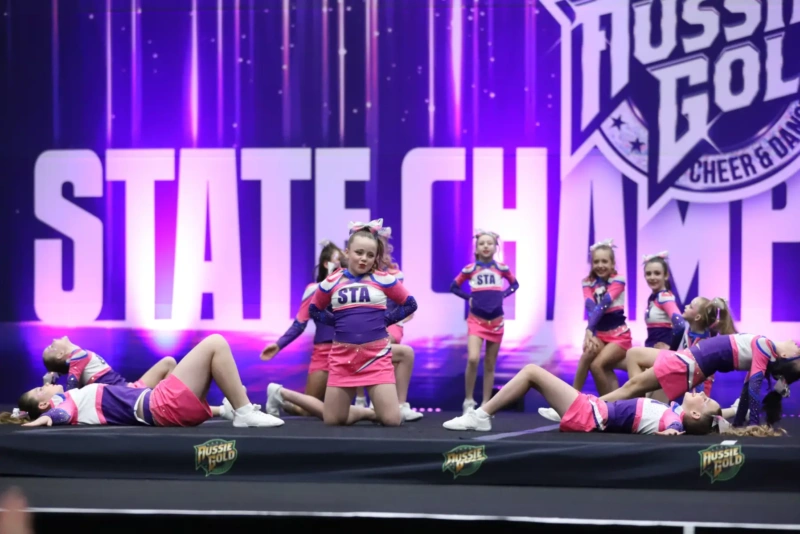Cheerleading is a demanding sport that requires athletes to be in peak physical condition. Conditioning is an integral part of cheerleading training, and when used correctly, it can enhance athletes’ performance, promote a positive mindset, and foster a love for the sport. In this article, we will discuss the importance of conditioning in cheerleading while also highlighting the psychological benefits it can bring.
The Positive Aspects of Conditioning in Cheerleading
- Enhanced Physical Fitness
Conditioning exercises in cheerleading are designed to improve strength, flexibility, endurance, and overall physical fitness. Regular conditioning helps cheerleaders perform complex stunts, jumps, and tumbling routines with greater ease and precision. Being physically fit also reduces the risk of injuries, which is crucial in a sport that involves dynamic movements and lifts.
- Increased Confidence
As cheerleaders see improvements in their physical abilities through conditioning, their confidence grows. The sense of accomplishment that comes from mastering challenging exercises and achieving fitness goals can boost self-esteem. This increased confidence translates to improved performance on the mat or field, as athletes are more willing to take risks and push their boundaries.
- Resilience and Mental Toughness
Conditioning is not just about physical strength but also mental resilience. Athletes learn to push through discomfort, fatigue, and adversity during conditioning sessions, which helps build mental toughness. This mental fortitude is valuable not only in cheerleading but also in life, as it teaches athletes to overcome challenges and persevere in the face of adversity.
- Improved Focus and Discipline
Conditioning requires dedication, consistency, and discipline. Athletes must commit to their training regimen and stay focused on their fitness goals. This discipline extends beyond conditioning and can positively impact other aspects of cheerleading, such as learning routines and maintaining a strong work ethic.
- Team Bonding
Conditioning sessions provide an opportunity for team bonding. Athletes work together, encourage each other, and share the common goal of improving their fitness. This sense of camaraderie and mutual support strengthens the team’s unity, which is essential in cheerleading, where precise synchronization is crucial.
The Psychology Behind It
Understanding the psychological aspects of conditioning in cheerleading is essential to harness its benefits effectively:
- Intrinsic Motivation: When conditioning is integrated into training as a means to enhance performance and overall fitness, athletes are more likely to be intrinsically motivated. Intrinsic motivation arises from a genuine love for the sport and a desire to improve, leading to sustained enthusiasm.
- Self-Efficacy: Conditioning helps build a sense of self-efficacy, where athletes believe in their ability to achieve their goals. As cheerleaders see tangible improvements in their physical capabilities, they become more confident in their skills and are more likely to tackle challenges with a positive mindset.
- Goal Setting: Conditioning provides a structured platform for goal setting. Athletes can set specific fitness goals and work towards them, fostering a sense of purpose and direction in their training.
- Stress Relief: Physical activity, including conditioning, is an excellent stress reliever. It releases endorphins, which are natural mood boosters, and helps athletes manage stress and anxiety effectively.
Conclusion
Conditioning is a fundamental component of cheerleading that offers numerous physical and psychological benefits to athletes. When approached positively, conditioning can enhance physical fitness, boost confidence, build mental toughness, improve focus and discipline, and strengthen team bonds. Coaches and athletes should recognize the value of conditioning as an essential tool for performance improvement and overall enjoyment of the sport. By emphasizing its positive aspects and creating a supportive training environment, cheerleaders are more likely to embrace conditioning as a valuable and enjoyable part of their cheerleading journey.


